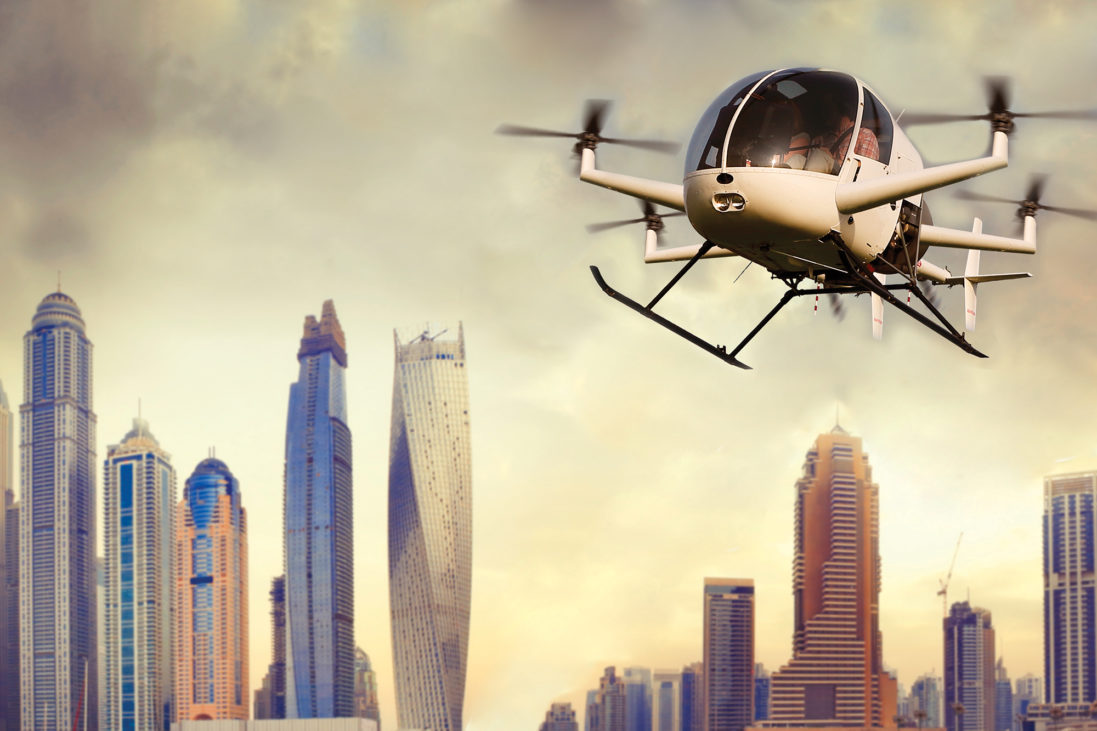
July 18, 2019
The European Aviation Safety Agency (EASA) recently published a special condition for certification of small electric and hybrid vertical takeoff and landing (VTOL) aircraft.
“EASA’s Special Condition is the first set of certification standards for VTOL aircraft published by an aviation authority,” said Doug Carr, NBAA’s vice president of regulatory and international affairs. “While these certification standards represent progress in this emerging and innovative market, it is important that other leading aviation authorities finalize their expectations for certification to improve harmonized certification standards.”
The regulation establishes two categories of aircraft: basic and enhanced. Basic aircraft certification standards will be used for personal or rural-use aircraft. Enhanced aircraft certification standards apply to aircraft used in commercial operations and flight over urban areas. The SC is broadly worded and allows for aircraft with a pilot on board, remotely piloted or various degrees of autonomy.
The proposed standards apply to passenger VTOL aircraft with more than two lift/thrust units used to provide lift during vertical takeoff and landing and limited certification to seating configuration of five or fewer people, and maximum certificated takeoff weight of 2,000 kg or less (about 4,409 pounds), The final SC allows for aircraft seating up to nine passengers and weighing up to 3,175 kg (or 7,000 pounds). This change is a result of industry comments and will allow for future growth and innovation.
To date, the FAA has taken a more individual approach to VTOL aircraft, evaluating each project uniquely in advance of establishing industry-wide certification standards.
EASA is now working with industry partners to develop standards for acceptable means of compliance for VTOL manufacturers to demonstrate their projects meet the SC certification requirements. The agency has indicated it expects those consensus standards by the end of 2019.
Carr noted aircraft certification standards are just the beginning – airman and operator certification and training, operations requirements and more will need to be addressed as part of full implementation of VTOL technology.


 International Business Aviation Council Ltd.
International Business Aviation Council Ltd.